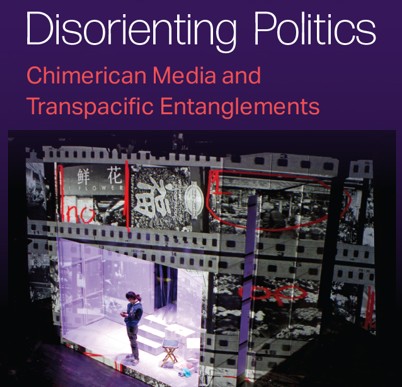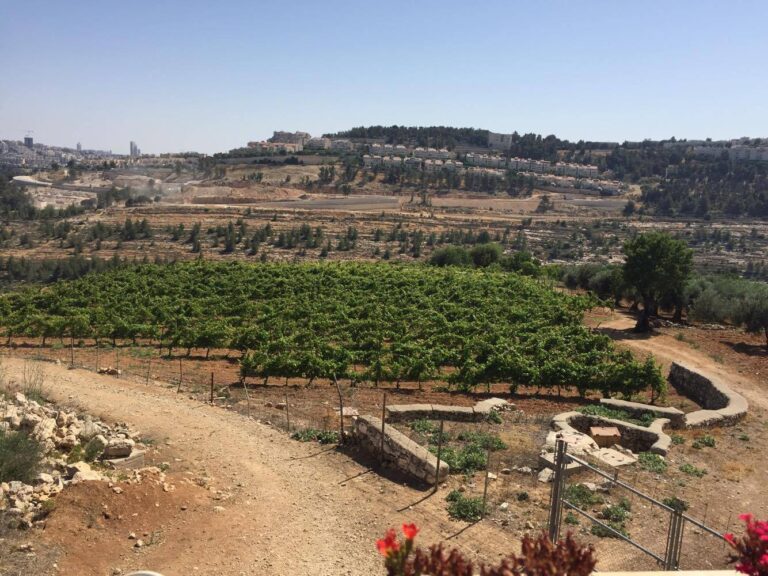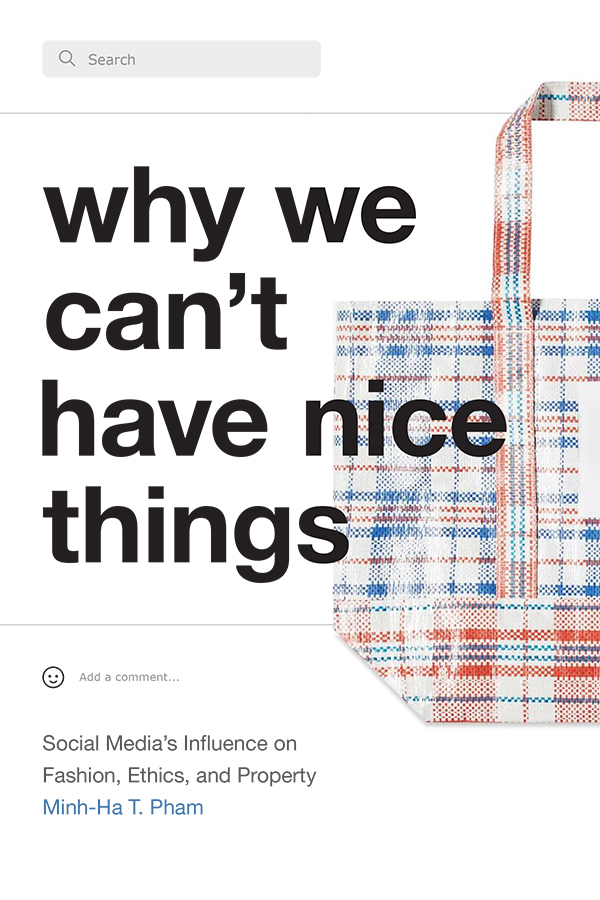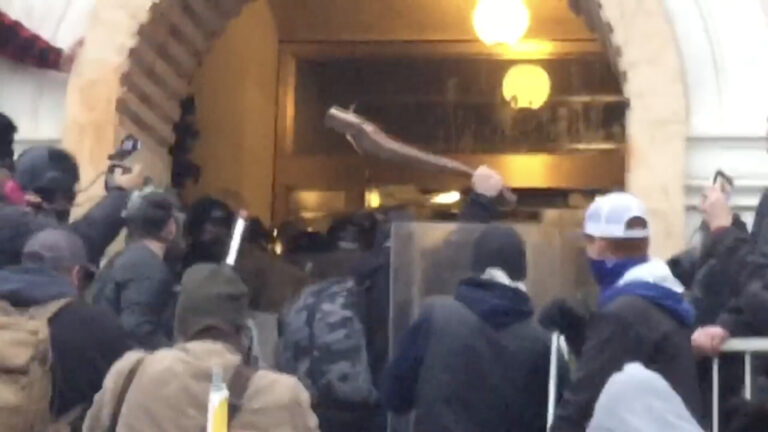Delores Phillips and Cultural Studies Association’s Globalization and Culture Working Group Co-Host Kathalene Razzano discuss Disorienting Politics: Chimerican Media and Transpacific Entanglements (University of Michigan Press, 2024) with author Fan Yang, along with writer and historian Mark Tseng-Putterman. This podcast is accompanied by a scholarly commentary by Marcus Breen.
Keyword: social media
Chimerica: Disorienting Politics
Delores Phillips and Cultural Studies Association’s Globalization and Culture Working Group Co-Host Kathalene Razzano discuss Disorienting Politics: Chimerican Media and Transpacific Entanglements (University of Michigan Press, 2024) with author Fan Yang, along with writer and historian Mark Tseng-Putterman. This podcast is accompanied by a scholarly commentary by Marcus Breen.
Holy Wine Online: Deir Cremisan in Digital Space
This article focuses on the visual materials of the Cremisan Winery Estate’s Facebook page to argue that Cremisan’s digital presence is complex and multivocal, eschewing binaries of digital food activism or consumer-oriented marketing. My approach (using digital and “analog” research) grounds media analysis in site visits and sees digital content as a method of creatively resisting oppressive structures and digital space as locations in which interactions occur. I suggest that Deir Cremisan’s Facebook page participates in a complex discourse between contemporary political debates, piety, local and international commodity markets, and the pragmatics of the daily operations of running a vineyard and winery.
Review of Why We Can’t Have Nice Things: Social Media’s Influence on Fashion, Ethics, and Property by Minh-ha T. Pham (Duke University Press)
In her second book, Why We Can’t Have Nice Things: Social Media’s Influence on Fashion, Ethics, and Property, Minh-ha T. Pham continues her examination of fashion’s digital labors, by analyzing what she terms crowdsourced intellectual property (IP) regulation. Pham argues that crowdsourced IP regulation follows a script that reaffirms the racial and class hierarchies that govern global fashion. A process that occurs across social media platforms, crowdsourced IP regulation does not actually adjudicate theft or ownership, but instead marks a site of struggle wherein the right to copy is publicly forged via commonsense, racialized ideas about who or what a “copycat” looks like. Pham explores this process through several case studies, as well as through the history of intellectual property within the fashion industry in the United States. Pham concludes her book with some reflections regarding the possibility of ethical fashion amidst a deeply unethical industry.
“Whose house? Our House!”: Streaming Revolution During the US Capitol Riot
This article analyzes videos shared during the United States Capitol riot on January 6, 2021, where supporters of then-President Donald Trump stormed the US Capitol Building in an attempt to disrupt the certification of Joseph Biden’s presidential victory. We analyzed videos distributed on Facebook, Twitter, Parler, Snapchat, DLive, Twitch, and Periscope to examine how participants structured a narrative of their actions as a form of political revolution. We assess how these videos draw on affective configurations to demonstrate the ways that cultivation of affect helps to drive far-right dissent, and we assess the role of media technologies in recording and sharing those affects across networked publics.



